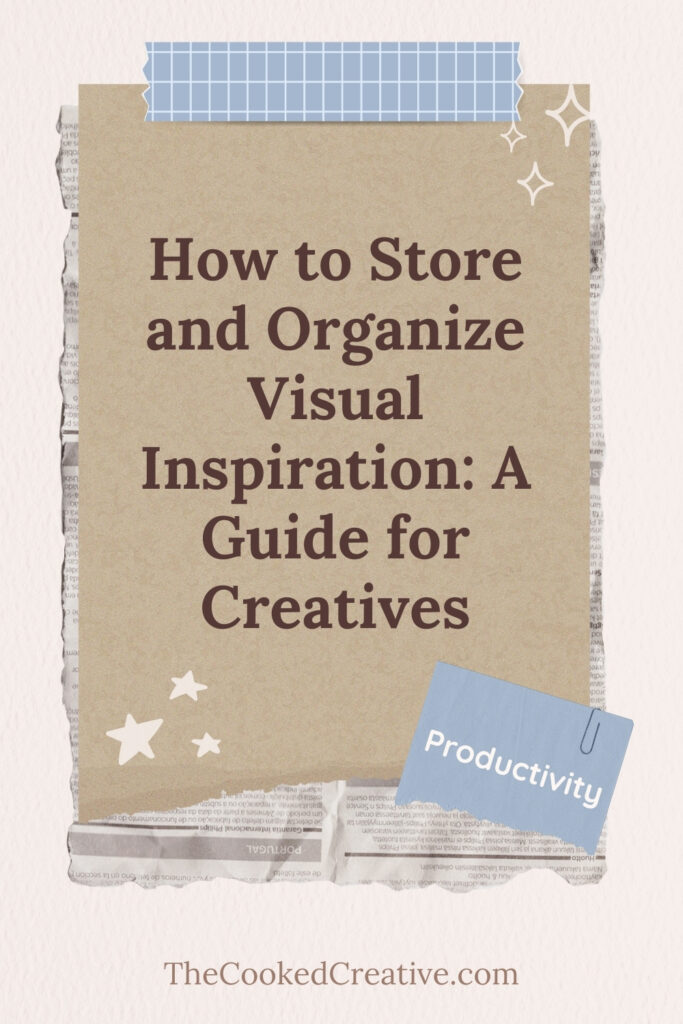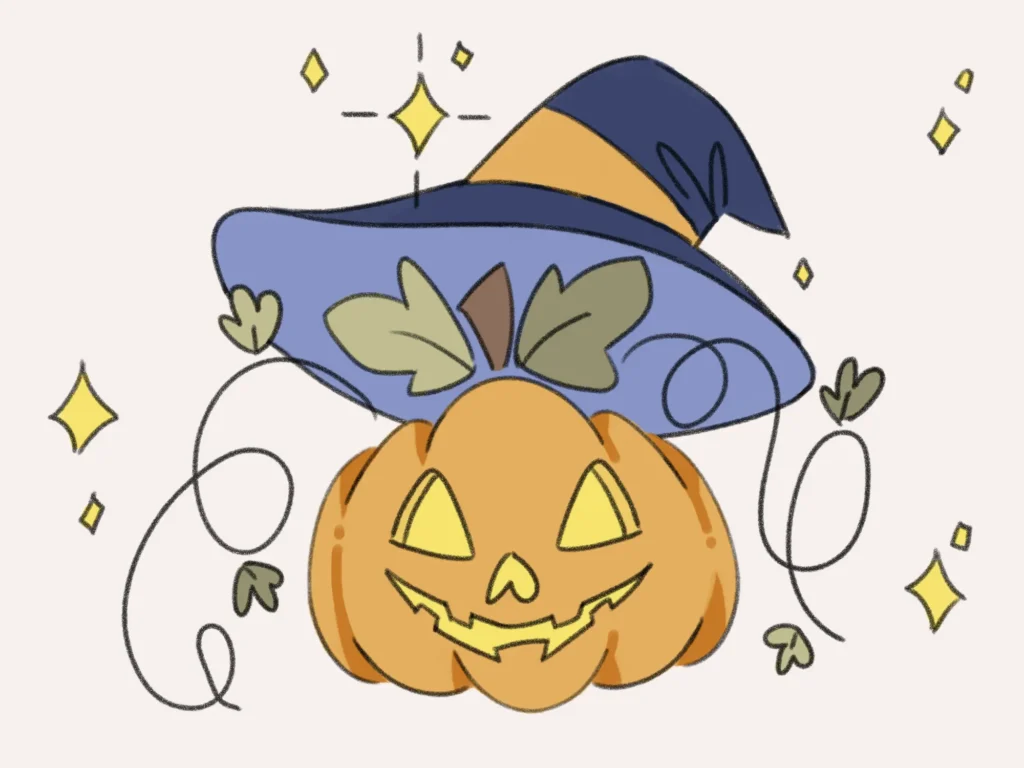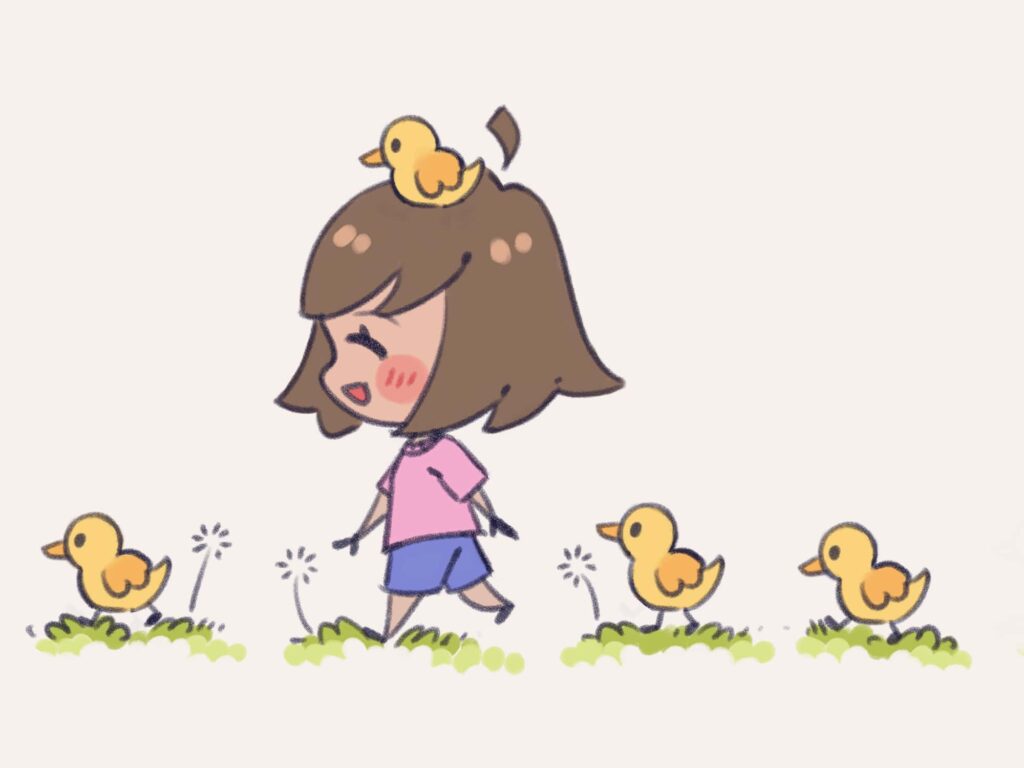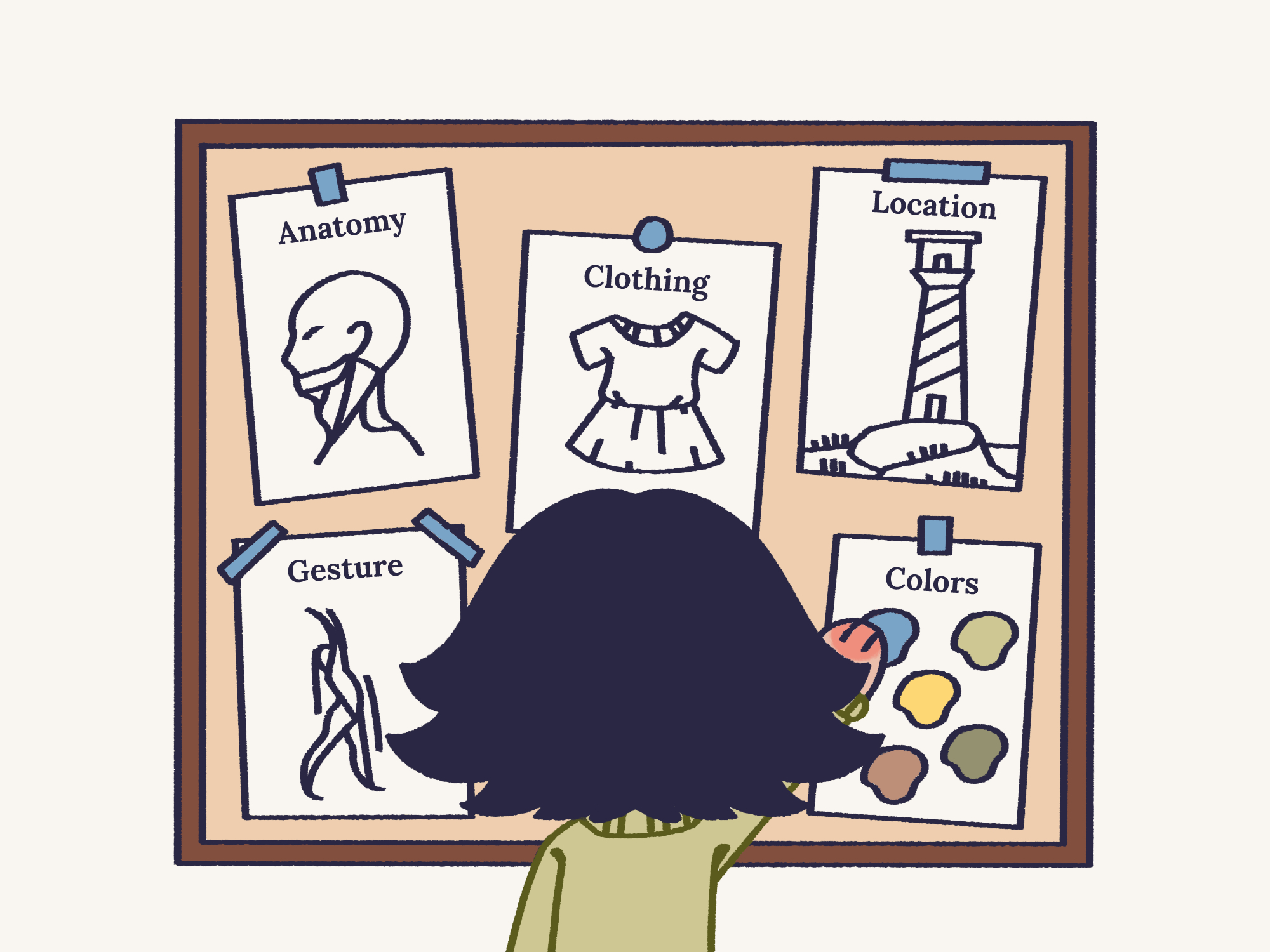
Creating a Practical Reference Library for Artists: Tips & Tools
TCC is reader-supported. This post contains affiliate links to products I have used and loved. If you click and make a purchase, I may receive a small commission at no extra cost to you. Thank you!
I used to be the kind of person who only searched for the references I needed for the drawing I was working on, popped them into PureRef, and that was it. Since then, I’ve learned the value of a well-built reference library and how time-saving and versatile it is. It supports my creativity, accuracy, and efficiency while working. Sometimes I don’t even feel like drawing, but going through my library inspires me to start a new piece, whether it’s a study of a picture I took, concept art for an idea that popped into my head, or fanart of a character I pictured wearing a cute outfit I had saved in my “outfits” folder.
In this post, I’ll introduce you to why I like having a reference library, how I (and many other artists) keep it organized, and what tools are available to help.
Why Artists Need Reference Images
Let me begin by saying: artists need reference. The idea that using references is “cheating” is a myth, and I believe it’s finally widely accepted that you need references to grow. If you draw an animal or a character from memory and then redraw it using reference, your accuracy will improve, and your image will look much better. As long as your final piece isn’t a direct copy of the reference that you claim as your own, using reference is perfectly fine and recommended.
Not only does it help with accuracy and precision, but it also helps with inspiration. Looking at different images can spark new ideas for your piece. Having a reference library makes this process much easier by compiling images you find interesting into one place you can revisit anytime. Even unrelated images can spark new ideas or unexpected ways to include them in your work. I remember painting a landscape once as a study from an image, but I stumbled upon a little doodle of a clown I loved while scrolling through my library. I adopted the color scheme from the clown into the landscape, and it created a much more interesting final result.
A reference library also saves you a lot of time. Once you start building your library, you don’t have to search for reference images every time you start a drawing. You can just pull from what you’ve saved. And if you don’t have what you need yet, search for it, save it, and next time you’ll have more assets to pull from. Since you’re pulling from different sources, you can also push your creativity even more.
I personally find joy in discovery when I observe the world and learn new things. Location references let me enjoy other cultures, as do the fashion and outfits I’ve saved. I’m a big fan of botanical prints and nature journals, which allow me to learn from plants while I paint them
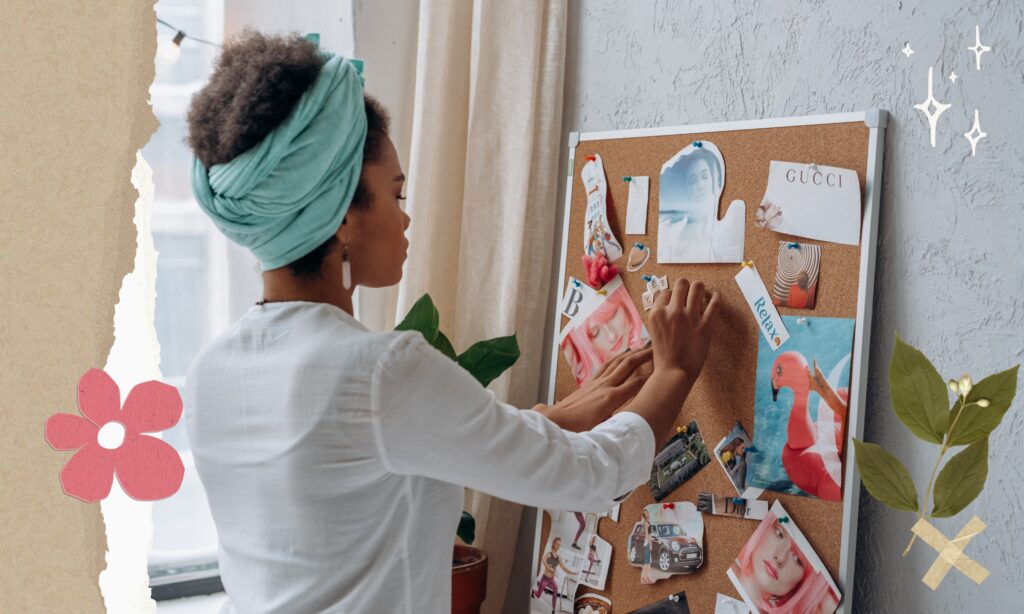
Where to Source Reference Images
Online resources
- Copyright-free platforms such as Pixabay, Unsplash, and Pexels
- Character Design References website or Pinterest boards for any single reference you might need
- AdorkaStock for model references
- Photobash.org has some free kits of props
- Pinterest is amazing for inspiration images (careful with AI slop though)
- Animation Screencaps is fun to look through for inspiration
- “Art of” books contain a lot of inspiration. My favorites include:
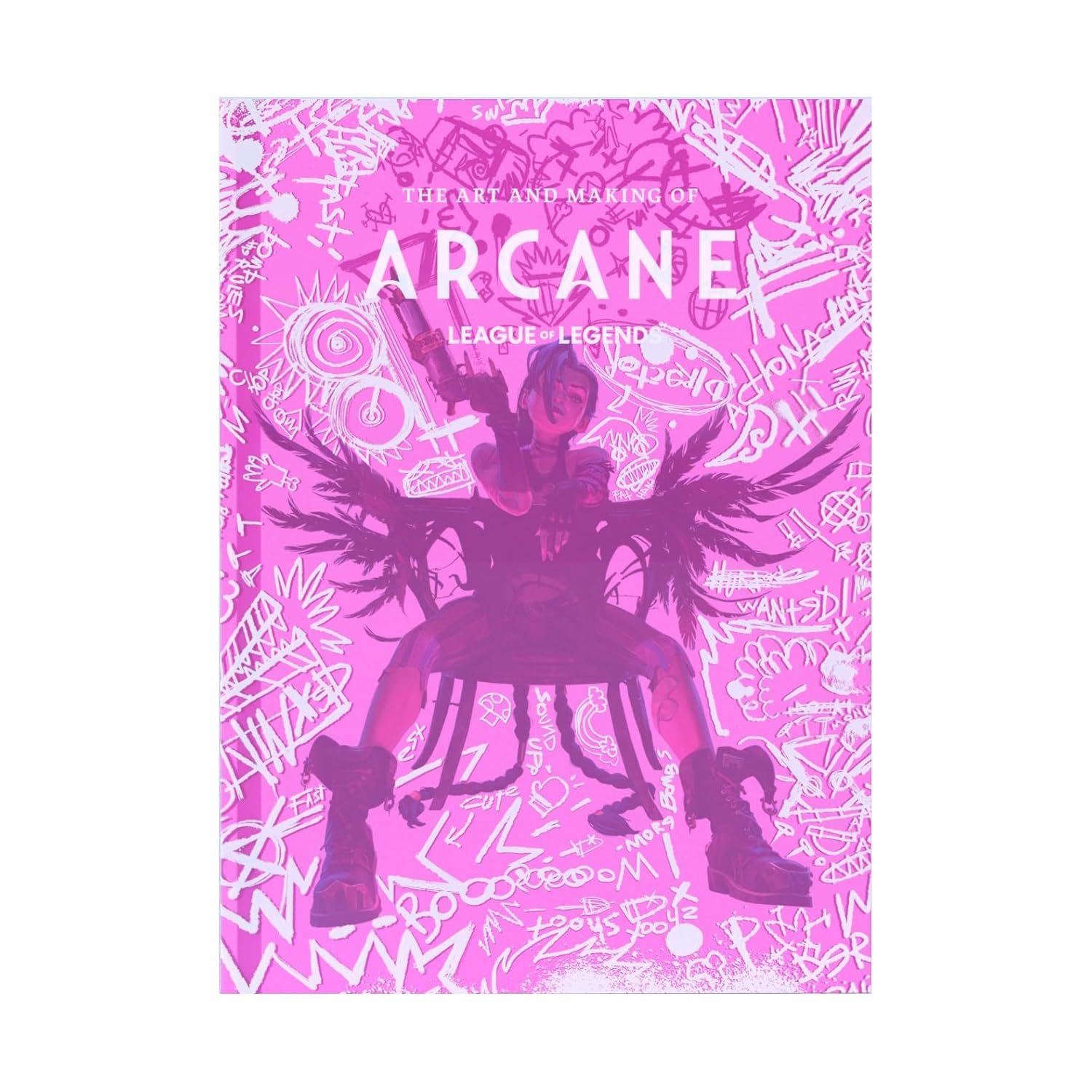

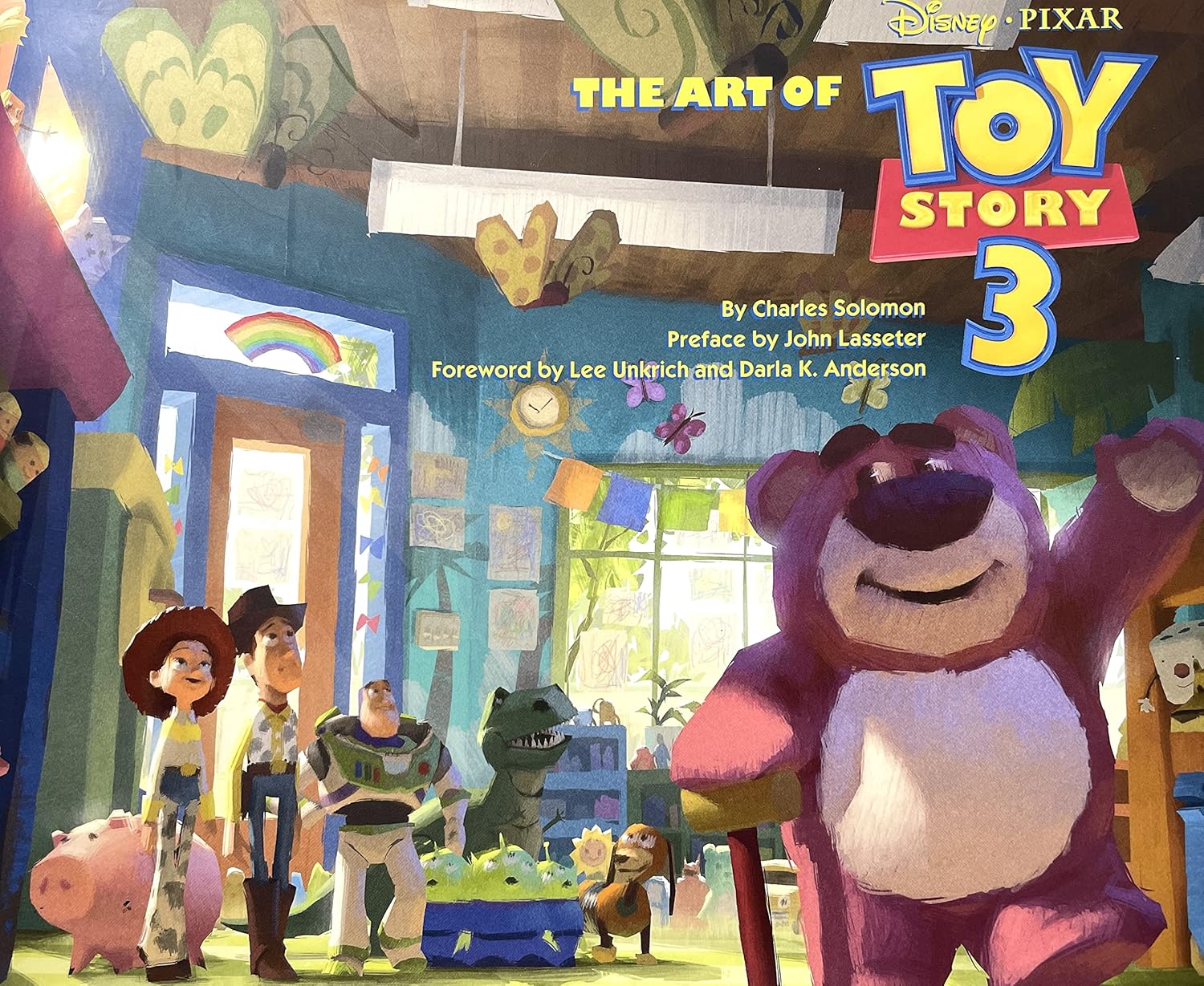
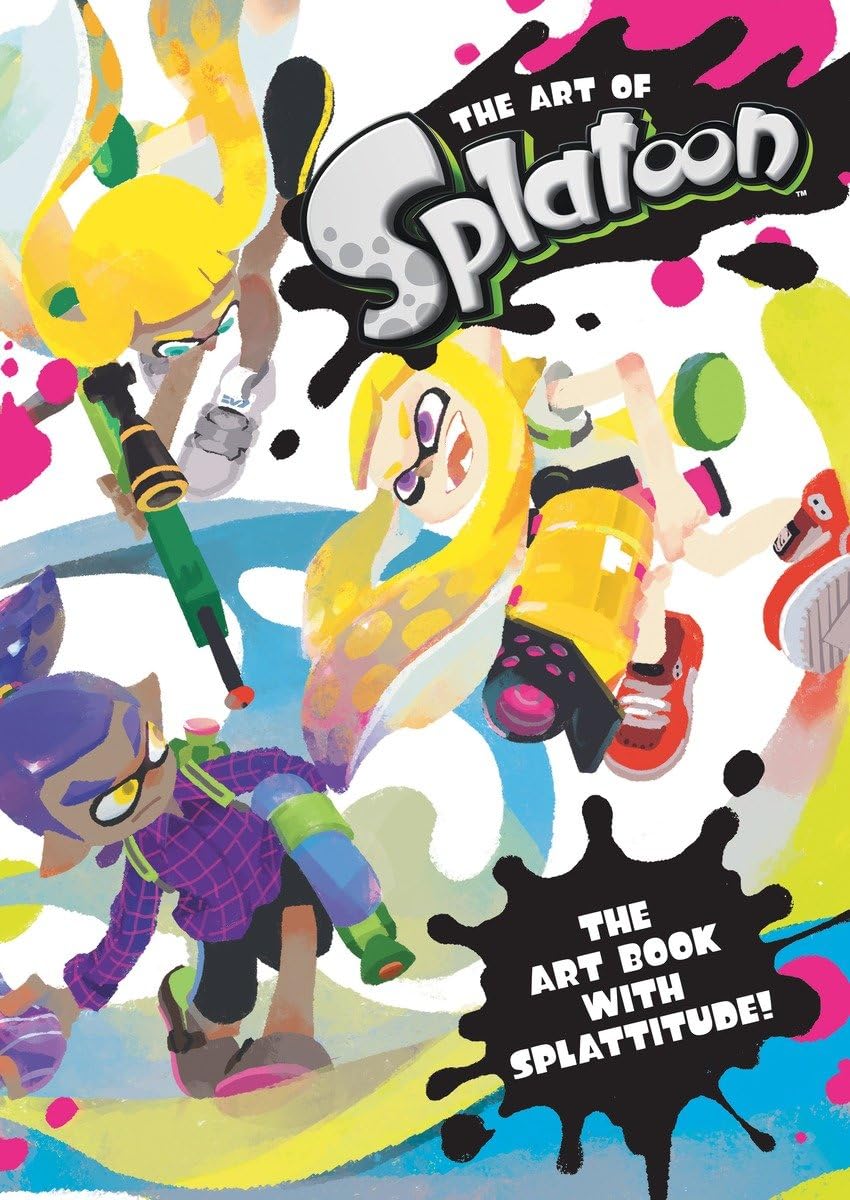
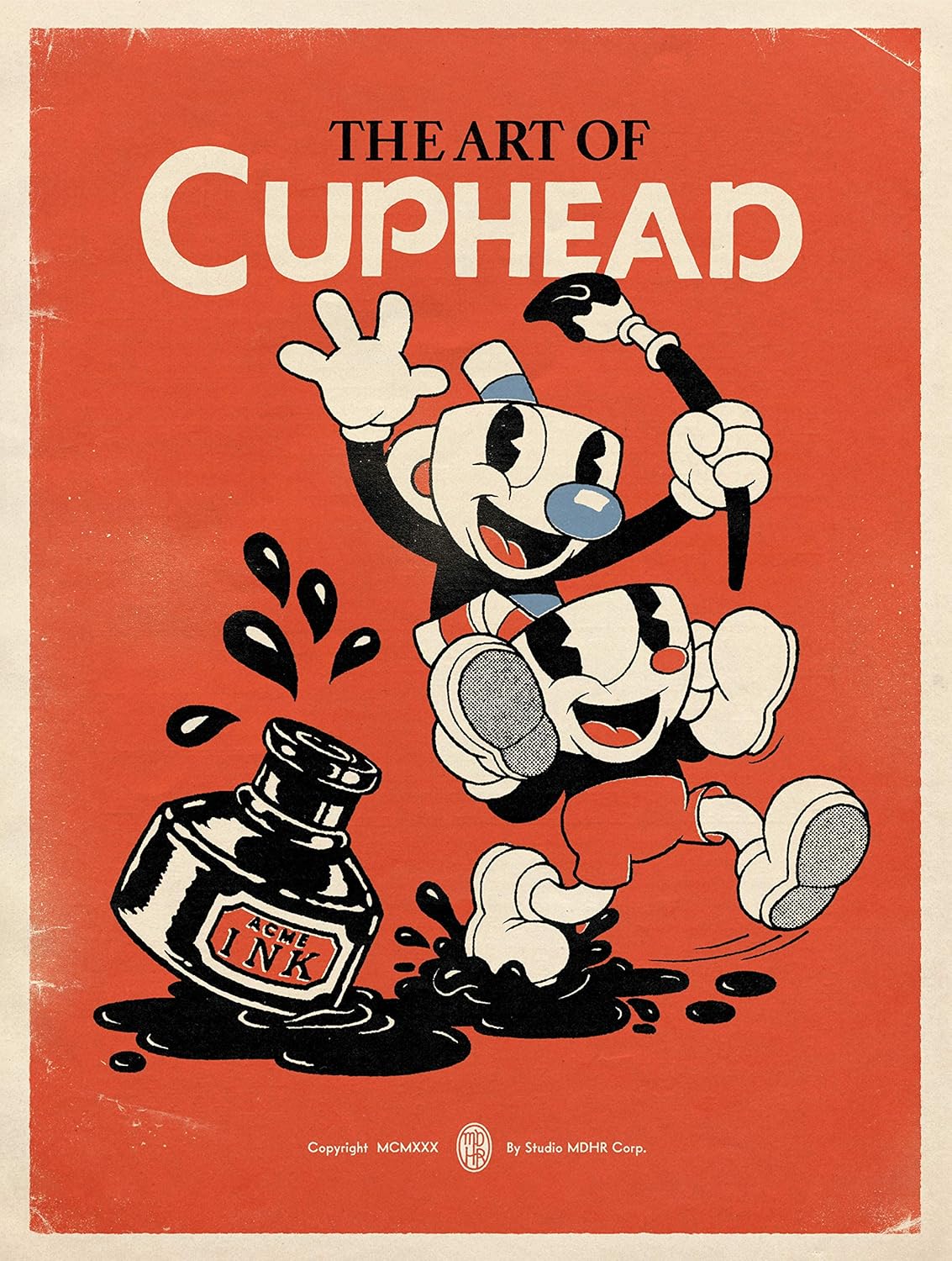
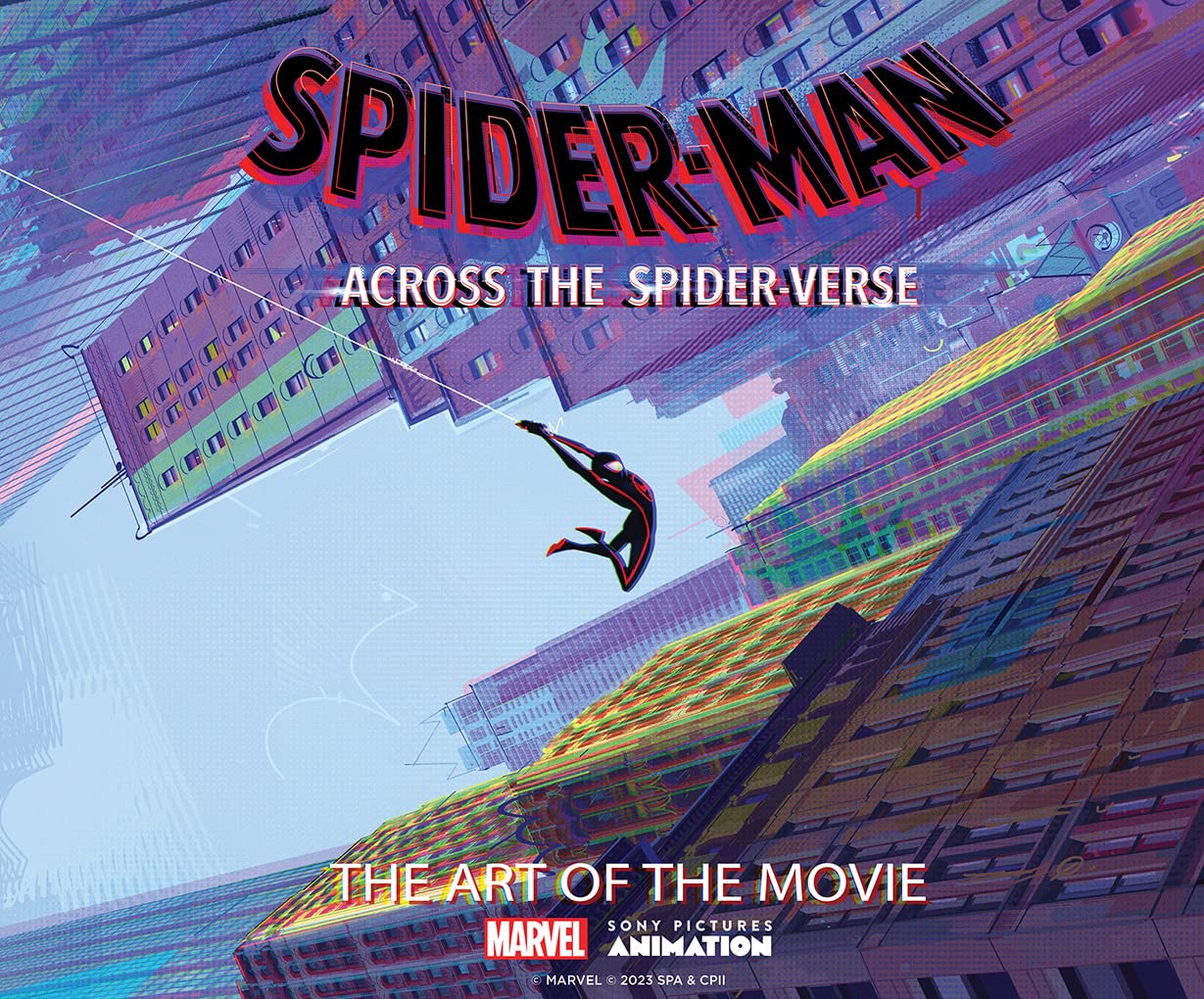

Offline resources
- You can take your own photos while you’re traveling or just during your daily life or surroundings. A phone camera is more than enough
- Visit museums, libraries, and botanical gardens for sketching and photo opportunities
- Take pictures of yourself for anatomy references. Use a mirror, or ask a friend or family member to help you out. You can purchase
Building and Organizing Your Reference Library
If you don’t have a reference library yet, you can start by collecting references based on your current project’s needs and saving those in categorized folders. As you work on more things, you’ll naturally save more and more references. If you’re a Pinterest-obsessed person like me, you probably already have references saved there. You can move those into your reference library.
Mix references from various sources such as inspirational art from other artists, masterworks, personal photography, copyright-free professional photography, 3D sculptures, screenshots, and more to add variety.
Organizational Tips
- Use consistent file and folder naming and subfolders. For example, I have a location references folder split into snow, forest, water, plains, urban, and small town subfolders. The file names are just descriptors and numbers like “japanesestorefront001.jpg”
- Use tags or keywords (especially on apps such as Allusion or Eagle) to sort by topic or style and make your searching easier
- You can keep a separate area for “inspiration only” references that spark creativity without a specific usage
Tools for Managing Your Reference Library
The right resource library tool can make or break your workflow. A disorganized folder filled with random pictures takes forever to search through, and not having a resource library at all means missing out on inspiration, time savings, and efficiency in your work. Let me introduce you to my favorites.
Eagle
This is the tool I currently use. It has a web browser extension that lets you easily save images from the web into Eagle. Just drag and drop it into its folder without leaving your browser. You can take screenshots, capture an entire page, batch save, or save entire Pinterest boards at once, directly into Eagle. It supports all kinds of formats such as Adobe files (.psd, .ai) with preview, Clip Studio Paint files, JPG, PNG, PDF, GIF, TIF, RAW, YouTube videos, Word files, font files, and much more.
You can install free plugins to expand the capabilities of the program. My favorites include “Pin on Top,” which lets you pin images on top of your windows so you always have floating references on hand, and an EPUB reader, which lets you upload ebooks into the program and make a book library. I have a photo reference library meant for my art, one library for my ebooks, and a font catalog with my favorite fonts organized by type.
You can save images in folders and subfolders, and use tags to correctly organize your assets. It extracts the color palette from all your images, making it easy to use the colors you love.
You can search by the color of the image, keywords, or use advanced filters. You can drag and drop images from Eagle to PureRef if you want to use both programs together. So far, this is the best tool I’ve found to keep all my assets in one place. Even better, the libraries are stored locally on your computer.
Eagle is a one-time purchase at $35, and it offers a 30-day trial so you can test its capabilities.
Allusion
Allusion is the free, simpler cousin of Eagle. It’s a visual library manager meant for tagging, sorting, and searching large visual libraries. It’s as simple as loading your images from a local folder and sorting them into folders or subfolders. It has advanced search and hierarchical tagging. The interface is really simple, clean, and intuitive.
It’s also compatible with PureRef. You just need to drag and drop from Allusion to PureRef, which makes things really easy.
Allusion is free.
Google Drive / Cloud Storage
If you need your references synced across multiple devices, I recommend using a cloud service like Google Drive or Dropbox. This gives you the flexibility of having your references anywhere, whether you use a tablet display or iPad and draw between your PC and tablet, or you need your references on the go on your phone while sketching outside.
It can also serve as a backup. If you tend to keep your files locally, cloud services offer an easy way to back them up and store them safely.
Folders on PC
This is a simple, reliable, and customizable way to keep a reference library. It’s as easy as creating folders and chucking files inside. I do find it a little cumbersome to look through and find the exact reference I need without having to dig around, and saving every image can feel tedious. However, if you don’t have that many references, it’s a nice way to store them. Once your library grows large, though, it can get harder to manage.
Conclusion
A solid reference library saves time, inspires creativity, and makes your work stronger. It’s an ongoing collection that not only stores assets you might need for your projects, but also reflects who you are at the moment. The places you’ve visited, the objects you’ve encountered, the art style you’re into, and the topics you find interesting. Build it with curiosity and intention.
I encourage you to start small, organize what you already have, and build from there.
Have you tried any of these tools? Do you have a reference library yourself? Let me know in the comments!
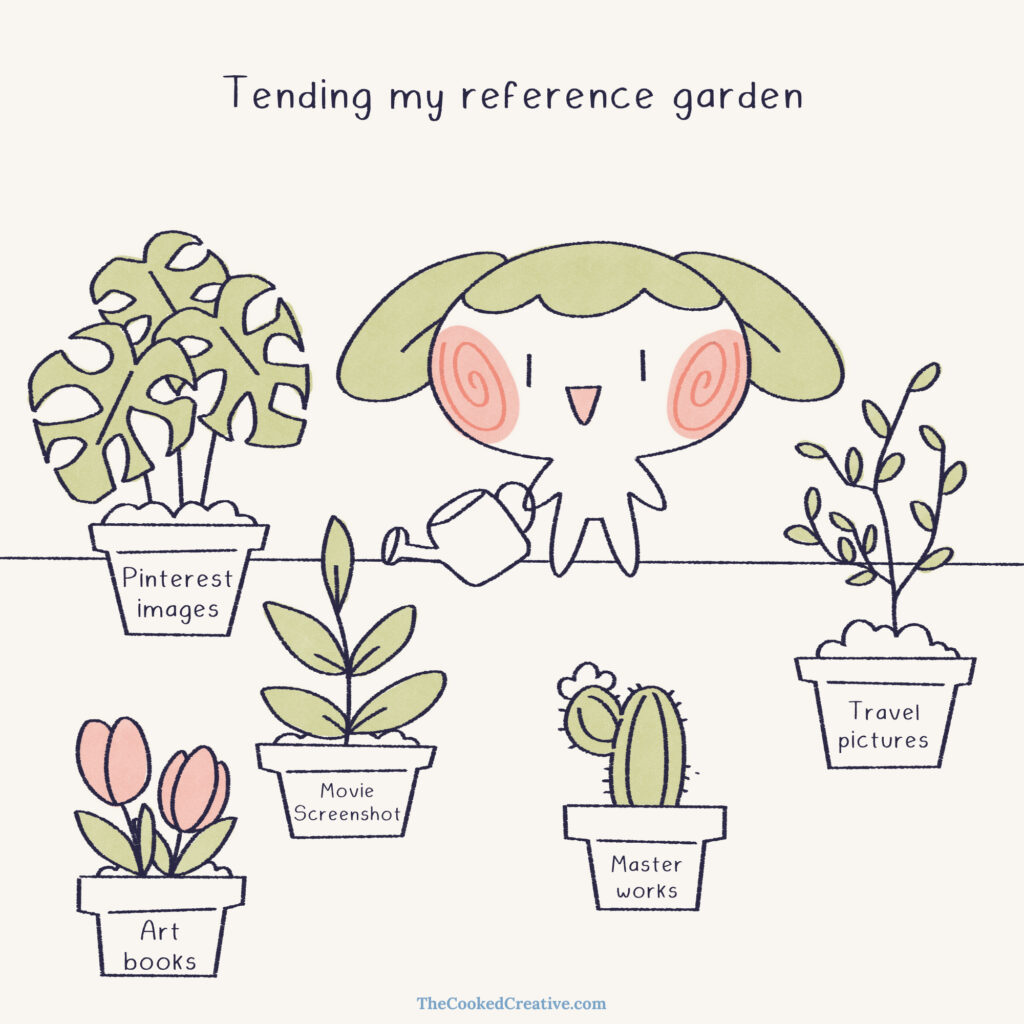
If this article made things easier for you, I’d love it if you shared it with your friends and anyone who might need it!
Dont forget to follow me on social media for fun sneak peeks, behind the scenes and art! links on the sidebar.
Feeling Inspired? Here’s Some Extra Fun Stuff!
- Top 10 Ways to Maximize Your 10-Minute Work Breaks
- How to Create a Simple Sleep Routine for Odd Work Schedules
- How Disconnecting Helps You Protect Work-Life Balance in a Demanding Digital World
Don’t Forget to Pin This for Later!

